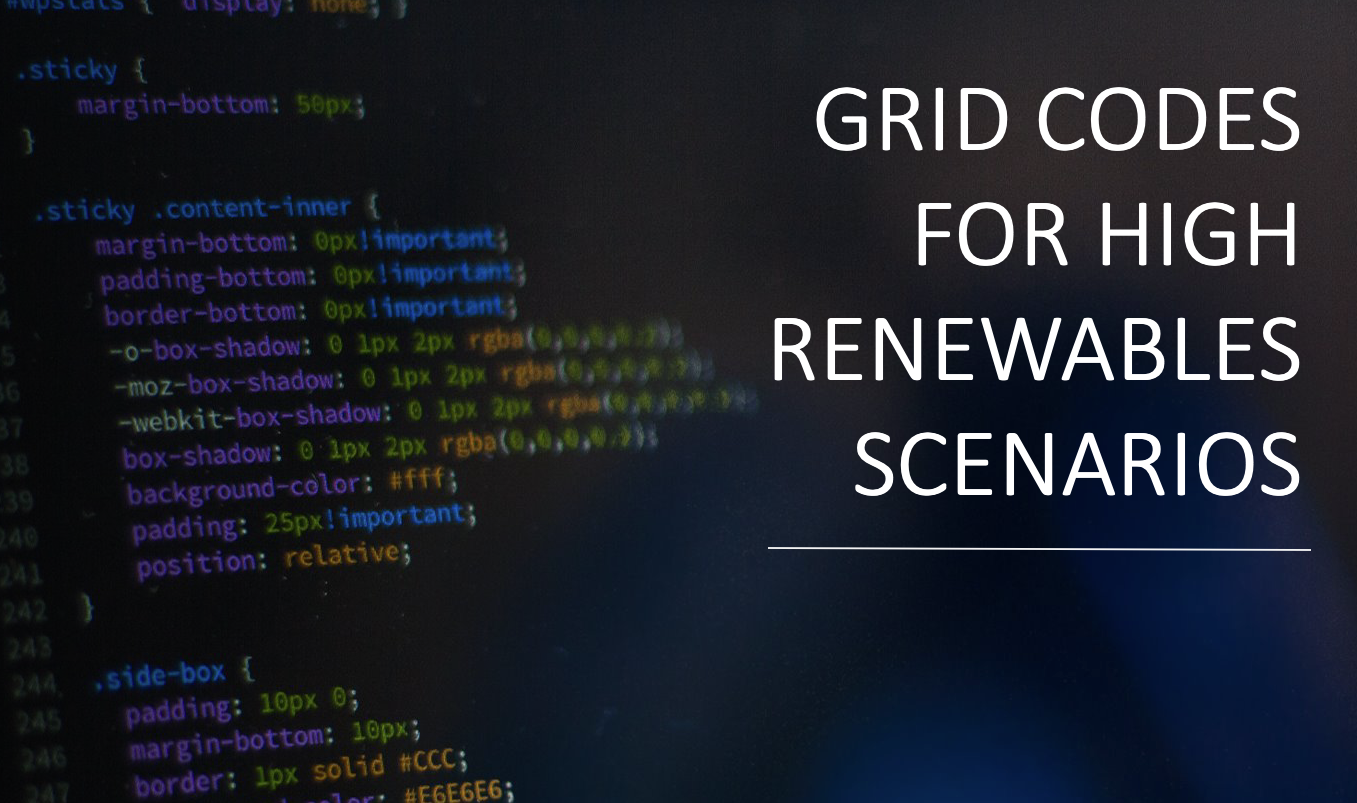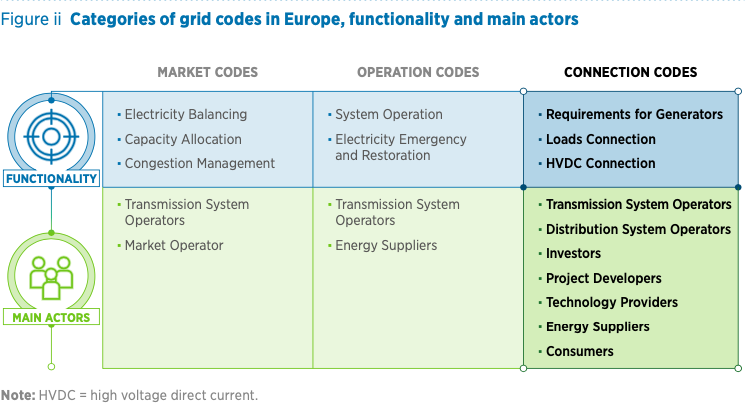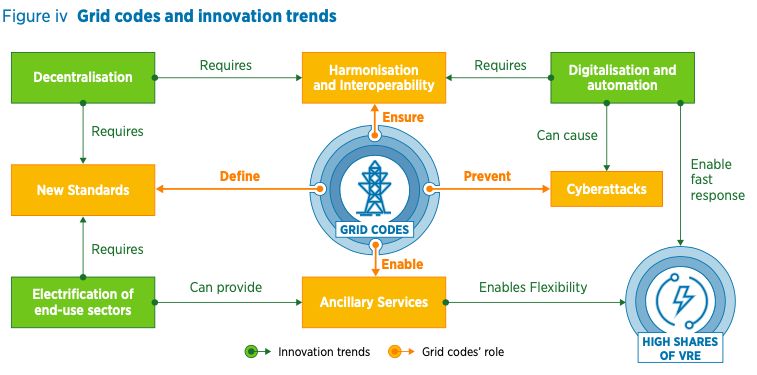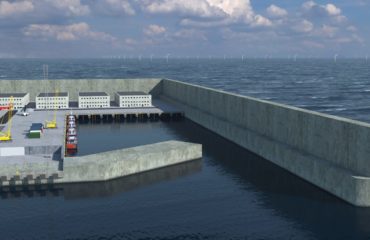
An increasing number of countries aim to replace polluting conventional generators with clean renewables. This would lead to solar and wind production covering almost 80% of the total generation. The change in the electric system going from dispatchable conventional generators to renewables production will require investments and support from TSOs, market operators, and suppliers based on their operation codes.
VRE impacts the way power systems operate
In fact, renewables such as solar and wind are uncertain and inverter-based. These downsides of the technologies introduce challenges in managing the dynamics of the grid while replacing synchronous conventional generators.
In addition, introducing more distributed generation produces the need for digitalization and electrification of the consumers, which opens many opportunities, but also introduces costs at a system level to ensure that the system stays stable while increasing the flexibility and resilience needed as renewables production increases.
With the system operations evolving and more independent power producers (IPPs), the monitoring and control system of the grid needs more coordination and readiness, with more advanced codes governing the system operator activities.

Source: IRENA
Grid connection codes in a transforming power system
Two important aspects addressed by grid codes are voltage and frequency regulations. Most of the work that is done to upgrade the grid codes aims to address the lack of inertia introduced by inverter-based generators and ensure operations during faults and contingencies.
Solar and wind plants interfaces are based on power electronics and no synchronous generator is there with rotational inertia, causing an increase in the rate of change of frequency after the event, causing the need for more security measures to avoid bit variations from the standard 50 Hz. Therefore, to achieve a grid with high penetration of VRE new operational mechanisms and participation of these technologies in black start operations (restoring service after blackout).

Source: IRENA
The role of ancillary services, as balancing markets (also managed by grid codes), which ensure the balance between demand and supply, will increase its importance in order to keep the system going.
Even though VREs provide a certain degree of fast frequency response (FFR) and reactive power regulation, these services can be enabled only with adequate control in place.
With the energy system facing increasing change along with the necessity of implementing real-time internet-based data to keep up with operations and control of the grid, cybersecurity gains much more importance than before.
The dynamics of the energy sector are changing, and more power electronics and control systems dramatically increase the vulnerability to cyberattacks.
Grid codes, through AI or machine learning implementation, will play a crucial role in the development of low-carbon grids and their secure and stable operations.
Empowering Renewable Energy Developers with Green Dealflow
If you feel tired of the lengthy process of finding investors for your renewable energy projects, we’ve got a solution. Our specialized service matches you with professional investors and off-takers swiftly. With over a decade of experience and a close network in the renewable energy sector, we significantly reduce your transaction time by matching you with ideal investors who meet your criteria. Read more and unlock the full potential of your renewable energy projects.


